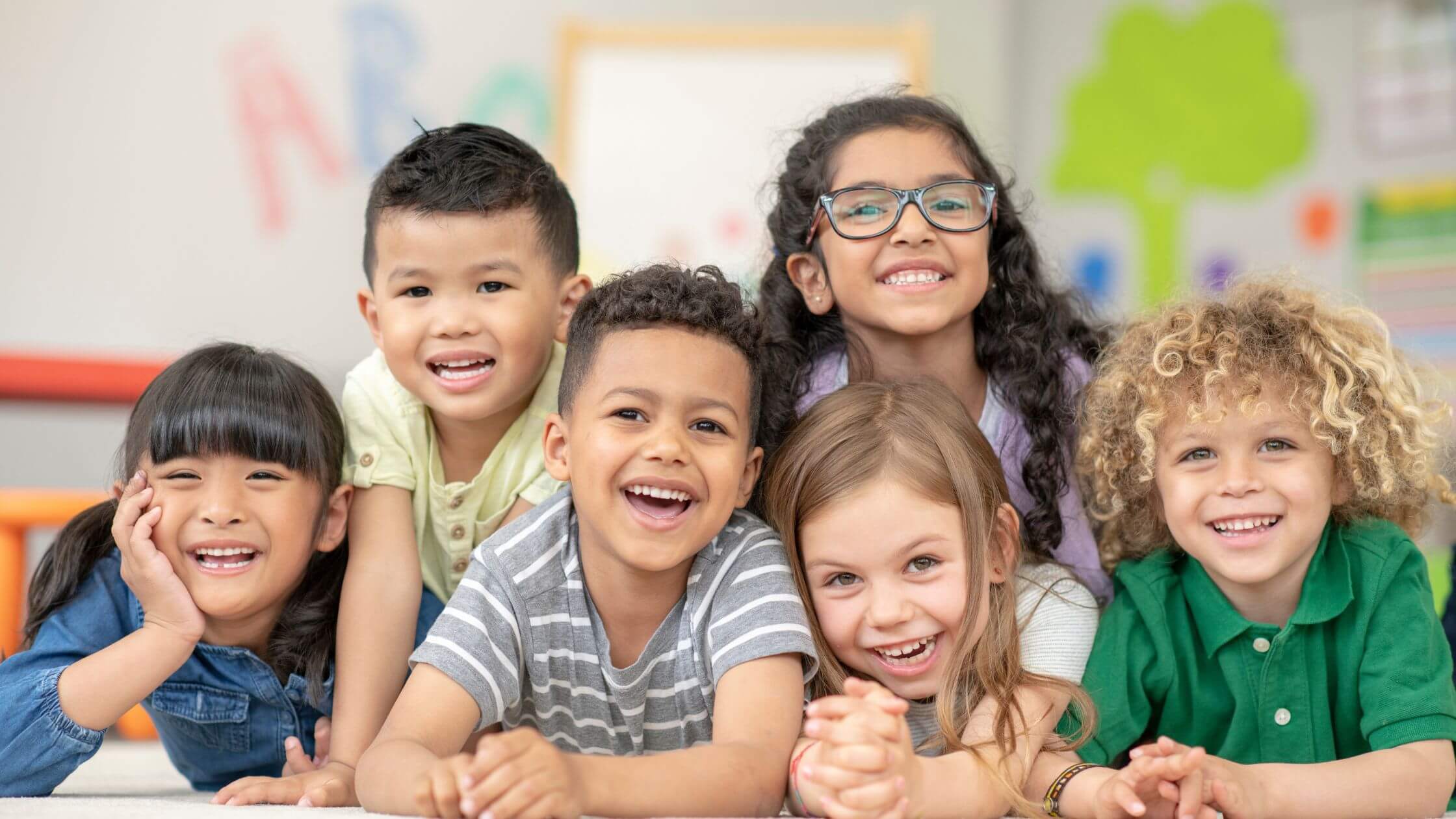In today’s ever changing world it is more important than ever to teach children about acceptance and understanding of those around us. We need to teach them about how we are all different. Part of this includes teaching children about disabilities, and in particular, about hidden disabilities – the very nature of these means that children might not be so aware of them because they are not immediately visible. By educating children about hidden disabilities, we can promote inclusivity and foster a culture of kindness and understanding from an early age.
Children are naturally curious and open-minded. They are quick to notice differences in others but often lack the context to understand these differences. Teaching children about hidden disabilities from a young age helps them develop empathy and reduces the likelihood of misunderstandings or unkind behaviour. When understanding is lacking, they may unknowingly judge or exclude a classmate because they do not understand their behaviour. By educating children about hidden disabilities such as ADHD and autism, we help them understand that everyone’s brain works differently, and that patience and kindness are important when someone is struggling.
One of the key benefits of teaching children about hidden disabilities is the development of empathy. Empathy allows children to put themselves in someone else’s shoes and understand that the world can be experienced differently by different people. For children, this might mean realizing that while they can complete tasks independently, another child might need more time and support. By fostering this understanding, we reduce the likelihood of teasing or exclusion and instead create an environment where children feel supported and accepted.
Reducing stigma around disabilities is another important outcome of early education. Hidden disabilities are often surrounded by misconceptions. A child with anxiety might be seen as shy or overly sensitive, and a child with autism might be viewed as socially awkward or uninterested in making friends. When children are taught that these behaviours are related to a disability, they are more likely to respond with understanding rather than judgment.
Ways To Teach Children About Hidden Disabilities
Learning through play. Educating young children about hidden disabilities can be incorporated into everyday play for young children. By having access to books and toys that celebrate and represent diversity, acceptance becomes everyday life for the children that use them.
Encourage questions: Children are naturally curious, and it’s important to create a space where they feel comfortable asking questions. When they see someone acting in a way they don’t understand, they should know that it’s okay to ask questions respectfully rather than making assumptions. Answering their questions honestly and sensitively can help demystify hidden disabilities. In this situation it’s important to use simple language to explain hidden disabilities. For example, you might explain that ‘some people’s brains work differently, and that’s okay’.
Model inclusive behaviour: Children learn by observing the adults around them. Parents and teachers can model inclusive behaviour by treating all individuals with respect and kindness, regardless of their abilities. When children see their role models acting with compassion, they are more likely to do the same.
Encourage children to support one another: Children can be encouraged to help their peers in supportive ways. This could mean helping a friend put their shoes on or sitting with a friend who feels anxious on arriving at your setting. Teaching children to look out for one another builds a strong sense of community and fosters relationships based on empathy and support.
Use circle time: Circle time is such a great opportunity to come together and chat about topics such as kindness, acceptance and understanding. You could use this time to share non-fiction books about how we are all different, or stories that help children to recognise what life is like from somebody else’s point of view. You then have the opportunity to discuss how this relates to everyday life in your setting and at home.
The Long-Term Impact Of Disability Education
Educating young children about hidden disabilities not only improves how they treat others during childhood, but also has long-lasting effects on how they view the world. Children who grow up understanding hidden disabilities are more likely to become adults who value diversity and inclusion.
Teaching children about hidden disabilities is essential for building a more inclusive and understanding society. By promoting empathy, reducing stigma, and encouraging supportive behaviour, we empower children to create environments where everyone can thrive, regardless of their abilities. Early education on hidden disabilities lays the foundat
